Plant Flowers in your Garden: [The Most Complete Guide]
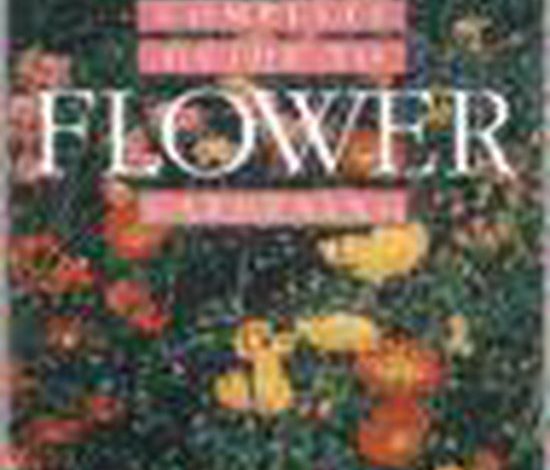
We have prepared a complete guide on the most important points that you must take into account when planting flowers in your garden or orchard. In addition, here you can see a list of all the flowers and ornamental plants on which we have written and deepened:
Important points when planting flowers:
- Get information on the variety of flower you want to plant.
- Prepare the land, eliminating weeds and making a good supply of organic fertilizer.
- The soil or pot must have enough nutrients for the plant to grow properly.
- Water regularly, keeping the soil moist.
- At the time of watering, avoid puddles, excessively wetting the stems, leaves and flowers.
- The ideal form of irrigation is drip or also with a watering can.
- A good trick is to mulch stones or straw on top of the soil to keep it moist.
- Find out the sunlight needs of the particular plant.
- Find out if the plant is best outdoors, indoors, or indoors.
There is no doubt that flowers add color and beauty to any place where they are found and their presence has gained importance in recent years, with the imminent urbanization of public spaces.
Maybe you are also interested in:
- List of the 25 most beautiful Wild Flowers.
- List of the 20 most beautiful flowers in the world.
- List of the most common Hanging Flowers.
- List of the 20 Most Common and Beautiful Edible Flowers.
- List of the Most Beautiful White Flowers.
- List of Striking Flowers.
- Autumn Flowers List.
- Summer Flowers List.
- List of Climbing Flowers.
- List of Hybrid Flowers.
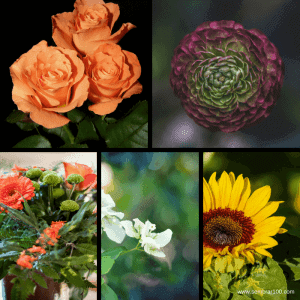 Flower crops transform places, express feelings and provide that touch of distinction to special occasions.
Flower crops transform places, express feelings and provide that touch of distinction to special occasions.
A detailed and harmonious decoration can make eventhe most common scenario and symbolize, in an endearing way, what it is difficult for us to express with words.
Since time immemorial, flower ornamentation has served to link human beings with the mystical, with the divine and with their own culture.
There is no space that is not happy with the presence of flowers, not only because of their multicolored explosion that vivifies the spirit, but because they also attract birds and butterflies, and make us feel one with nature.
Despite what is thought,planting flowers is quite simple.
It just takes a little patience and good planning. In this article we tell you the simplest ways for you to start embellishing your favorite spaces as soon as possible.
Some of the conditions that we must take into account before starting to plant flowers are:
When should we plant flowers?
depends onthe species and varietyof flowers that we want to plant.
There are flowers for practically every time of the year, as well as some types that bloom for most of the year.
Find out what the most suitable times are, considering the region where you live and the type of flowers you want to plant.
for annual flowers
Most annual flowers are sown in the spring to bloom in the summer and fall.
In very warm regions, sowing can be done in the fall so that they flower in the spring of the following year, since frost is not a problem to consider.
Some annual flowers are Salvia, Calendula, Agerato, etc.
for the biannuals
The biennial flowers take two years to bloom. During the first year they only produce stems and leaves, and they produce flowers until the second.
These types of flowers are more resistant to frost.
The sowing is done regularly in mid- summer and until the end of autumn so that they flower at the end of the following winter or during the spring.
Some biennial flowers are Royal Mallow, Pansy and Wallflower.
seasonal flowers
They bloom in specific conditions and dates, such as Christmas Eve, Cempasúchil, etc.
It is important to find out the specifications according to each type and variety that we want to plant in order to get the most out of our crop during the 12 months of the year.
Most common flower calendar
| Flowers that can be grown all year round | Flowers that can be sown in Spring (they bloom between the months of March and May) | Summer Flowers (they bloom in the months of June and August) | Autumn Flowers (they bloom in the months of September and November) | Flowers that can be planted in winter (They bloom in the months of December and February) |
|
|
|
|
Climate and temperature: Where to plant our flowers?
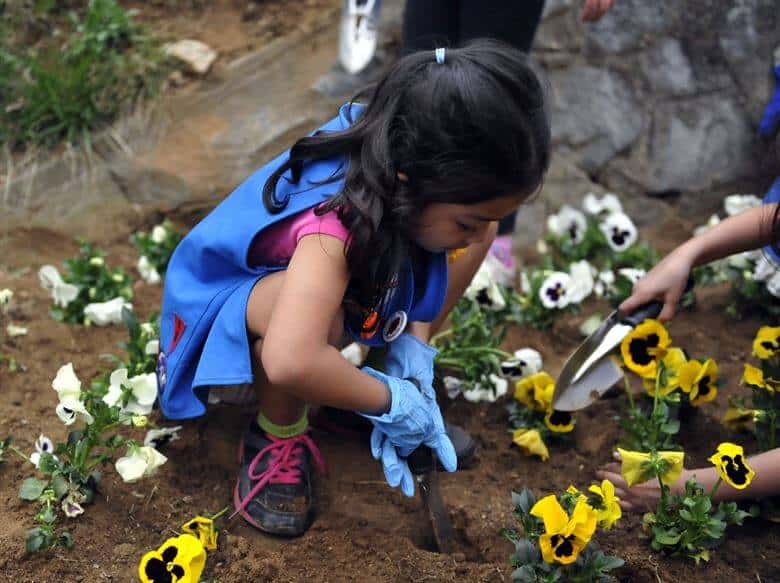 As in the previous point, it is important to consider the climatic conditions that prevail in your region.
As in the previous point, it is important to consider the climatic conditions that prevail in your region.
Depending on the climate and temperature of where you live, some flowers may grow more easily than others.
Take into consideration if the type of flower you want to grow requires specific temperatures, either in the soil or in the environment.
Some flowers are too delicate to grow outside, especially when there is a risk of frost. In these cases it is recommended that it be planted in protected pots.
the luminosity
Depending on the type of flower, some require more sun exposure than others, and many prefer to grow in the shade.
soil types
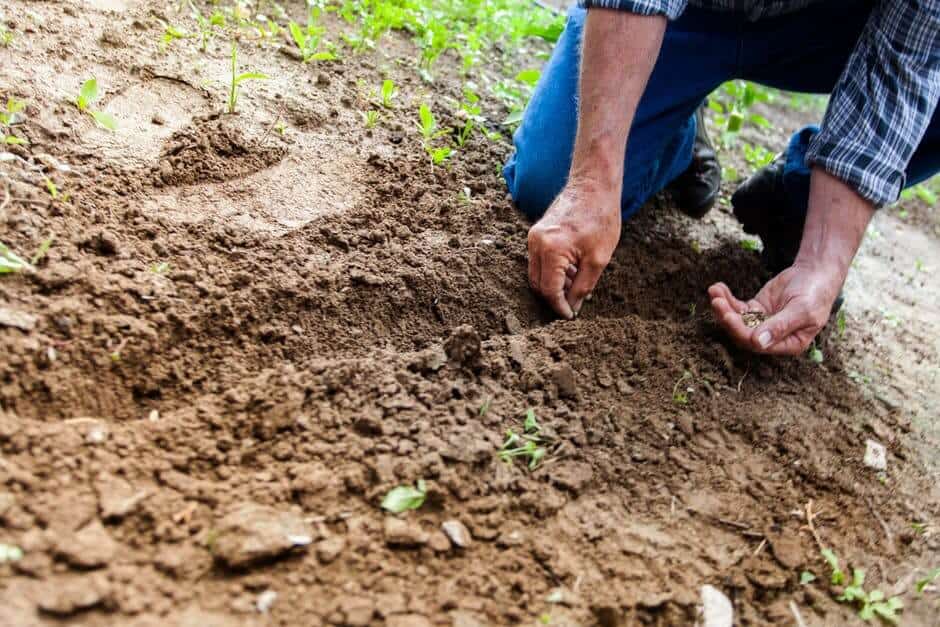 Different substrates can be used to plant flowers. We havepeat, sand, perlite and vermiculite.
Different substrates can be used to plant flowers. We havepeat, sand, perlite and vermiculite.
It is best to make a mixture to take advantage of the characteristics of two or more substrates. For example, peat moss mixed with perlite, with sand, or with vermiculite can be used.
Another highly effective mix is to use 1/3 peat moss, 1/3 compost or mulch, and 1/3 sand or perlite.
Consider the type of soil each seed needs based on the flower you want to plant.
loam soils
They are loose, fertile and retain moisture well due to the proportionate amount of clay they have.
clay soils
They are difficult to work with because they are made up of very fine particles and have rather poor drainage, which is why they take time to dry out and easily become waterlogged.
sandy soils
They are loose and dry quickly, but they retain moisture and nutrients poorly. However, this is easily resolved with mulch or worm castings.
moisture and irrigation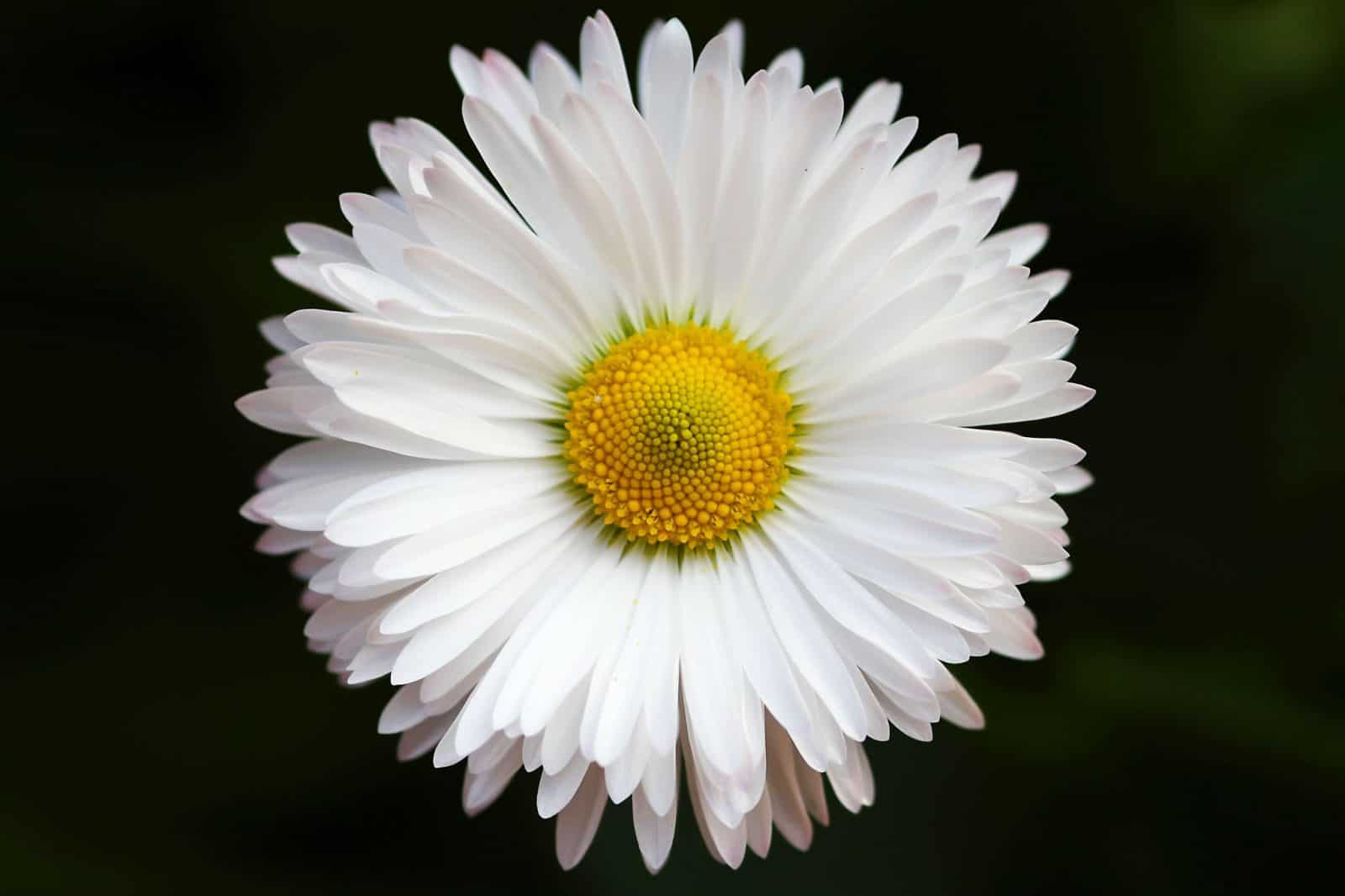
In some species, atmospheric humidity influences development, specifically during the flowering stage.
Likewise, there are species that are more tolerant to drought than others.
Humidity is a very important factor that you should consider.
Make sure of the optimal humidity levels required during each of the development stages of the type of flower you want to plant.
soil preparation
The soil needs to be well prepared. The soil should be tilled when it is not too wet. Till so that the soil is loose, soft and broken up.
The substrate must be left in the necessary conditions for sowing. Spread some organic fertilizer such as mulch, manure, humus, etc.
Finally level with the rake. Remember thatTillage is the first step to successful growth: when removing the earth, the superficial layers are loosened, which will retain moisture better and allow the circulation of oxygen in a fluid way.
The guide or mentor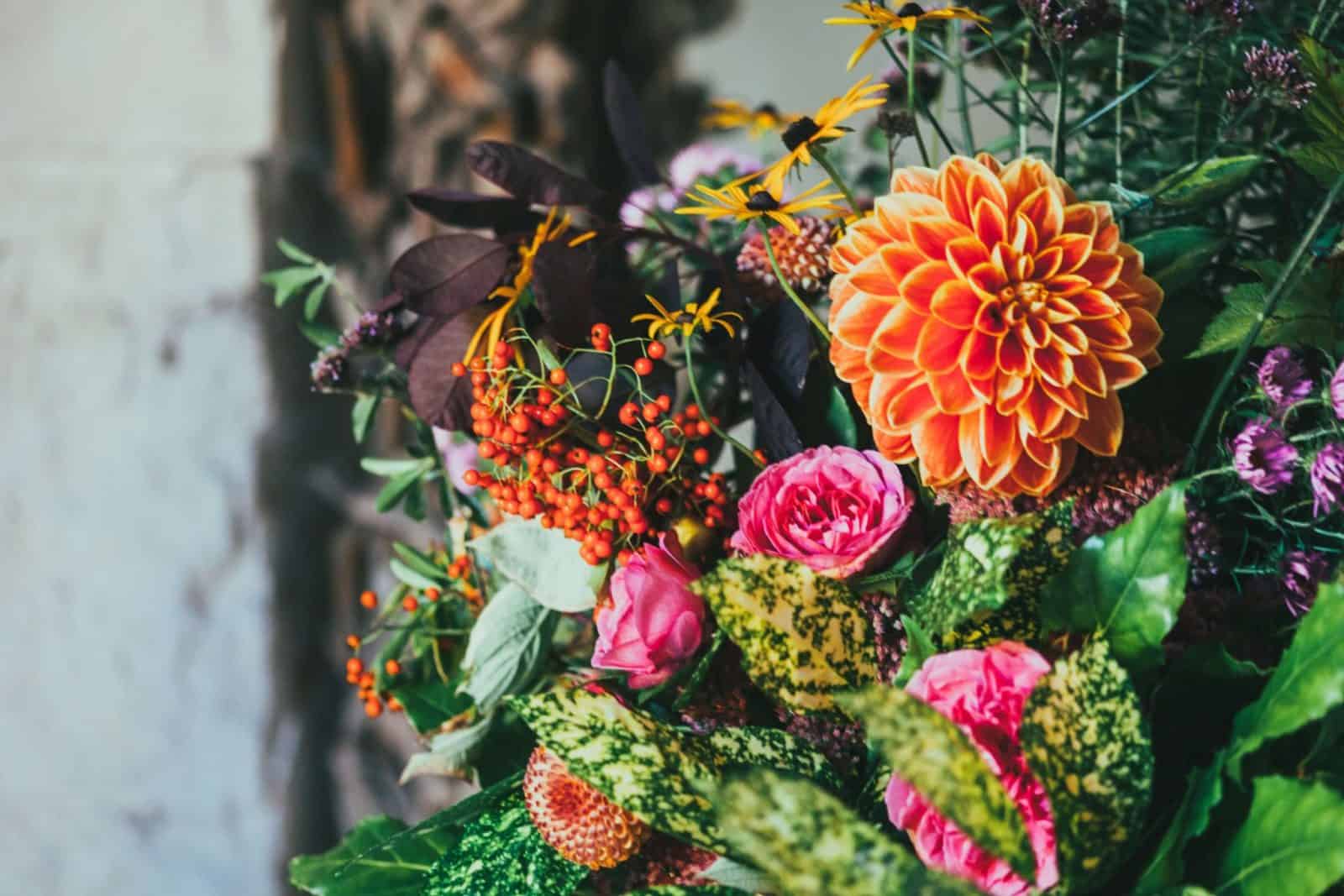
Some flowers usually need the guidance of a guardian, especially during their first years of life.
A good tutoring will facilitate their development, at the same time that it will help them resist the ravages of the wind.
There are several ways to stake flowers, the simplest is by means of a vertical stake driven into the ground, to which the plant is tied shortly before flowering.
They can also be trellises and some other structures.
How to plant flowers
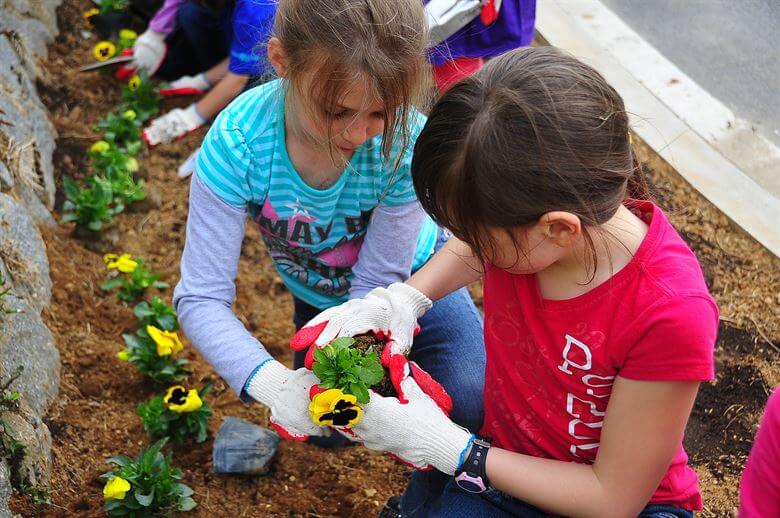 Before sowing our seeds, we must take into account the type of sowing that we are going to do:direct or in protected nursery.
Before sowing our seeds, we must take into account the type of sowing that we are going to do:direct or in protected nursery.
By direct sowing
It requires prior preparation of the soil and that the seeds are placed respecting the necessary depth and distance.
The main advantages are: Free development of the plant.
No transplant required.
The main disadvantages are: During its first days of life, the plant is exposed to inclement weather, be it frost, excess light, rain, etc.
By planting in seedbeds
It is carried out when the conditions in the environment are not the most suitable for good germination. They are usually used as a provisional method, since when the flowers develop we will transplant them to their final location.
The main advantages are:Control over light, temperature, substrate and air conditions.
Selection of the strongest flowers before transplanting.
The main disadvantages are:There is a greater risk of failure when transplanting the flowers, because whenever the transplant is done, part of the root system is inevitably lost and, consequently, the developing leaves suffer from lack of water.
The Process of Planting Flowers in [17 Steps]
- Make sure of the conditions that your seed requires to grow: climate, dates, temperature, humidity, light, etc.
- Clear the ground.Extracts weeds and all kinds of residues. All plants should be pulled out by the roots to prevent them from growing back and competing for nutrients with your flowers.[
- Moisten the ground before planting flowers.This reduces the risk of expelling the seeds by the force of the water.
- Fertilize the soil. If you use natural fertilizers, mix them into the soil to a depth of 5 centimeters.
- Mark with signs or any type of indicator the specific place where you are going to plant each variety of flower, in case you are going to make a varied crop.
- Press the seeds into the soil, according to the specifications regarding recommended depth and distance. Cover them lightly.
- If the seeds are very small, you can mix them with sand to make it more comfortable to distribute them on the ground.
- Once you have deposited them in the ground, cover them with a little mulch.
- Water the land or fertilize the soil, depending on the variety you have planted.Water very carefully, spraying, so as not to drag seeds or puddle. In certain cases, it will be recommended that you adopt a drip irrigation system.
- Wait for the seeds to germinate.
- Then, transplant your sprouts if you have planted them in seedbeds. Once they have been born, it is necessary to thin them, that is, remove excess plants so that there is a reasonable space between them.
- The average distance is between 25 and 40 centimeters, depending on the species.
- Protect your flowers.Use mesh to protect your crop from pests and possible predators. Protection is important mainly during the early stages.
- Establish tutorials for those varieties that require it.
- Check your flowers regularly to make sure they haven’t contracted any disease or been attacked by pests.
- Water your plants, according to the needs of each crop.
- If you consider it necessary, prune your plants.
- Sometimes, if we want to give greater vigor to the flowering and fruiting process of some plants, we must remove some secondary stems, as well as remove the oldest or weakest leaves or clean the fruits.
Common pests and diseases
aphids
Application of nettle slurry is recommended to prevent aphids.
To combat them, potassium or biodegradable soap can be applied to the underside of the plants. It should be applied very early in the morning or in the afternoon, when the sun no longer hits the leaves.
The soap will help clean the honeydew excreted by the aphid and soften its cuticle.
If the plague persists or is very abundant, after cleaning the leaves with soap, we will apply neem extract, which will act as an insecticide.
thrips
Biological control can be done through its natural enemies.
Thrips have several natural predators such as certain varieties of mites, notably Amblyseius barkeri and the Orius bug.
Another way to prevent thrips is to place meshes around the crops, clean up weeds and waste.
To combat them, in addition, ecological alternatives can be used, such as potassium soap and, in extreme cases, natural insecticides such as neem extract.
nematodes
Nematodes are small plant parasites found in the soil.
Their shape is like a worm and they can reach up to 2 mm depending on the species. These small parasites feed on the roots.
To control them, we can plant garlic cloves as a repellent. It is also important to have a crop rotation and fertilize our soil.
They can also be treated with steam sterilization and solarization.
Crane-fly
They are the larvae of a kind of mosquito that can damage the root system. Different insecticides are used for its control.
rusts
They cause yellow spots on the leaves and stems.
Its control is done with benodanil and oxycarboxin. A good fertilization is also recommended to invigorate the substrate and flower growth.
root rot
Root rot is caused by Pythium spp. under conditions of excessive soil moisture.
The roots are weakened, so that the infected flowers are stunted.
A correct treatment of the soil must be done before planting.
stem rot
Stem rot is caused by Rhizoctonia solani and develops in conditions of excess humidity and high temperature.
The plants wither in the hours of maximum temperature.
In addition to a correct treatment of the soil before planting, the temperature of the substrate and its correct drainage must be adjusted.
Bibliography and references
- Encyclopedia My first knowledge about Plants, Snakes and Conservation. (1961). Spanish editi

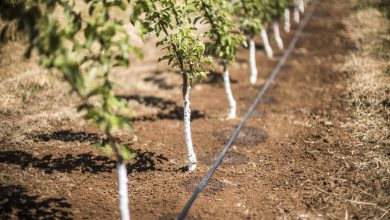
![Photo of Galán de Noche: [Sowing, Care, Irrigation, Pests and Diseases]](https://www.complete-gardening.com/wp-content/uploads/2021/06/51to5ULK31L._SL500_-390x220.jpg)
![Photo of Pests and Diseases of Carnations: [Detection, Causes and Solutions]](https://www.complete-gardening.com/wp-content/uploads/2022/08/pests-and-diseases-of-carnations-detection-causes-and-solutions-390x220.jpg)
![Photo of Gardening Care: [Recommendations and Tricks]](https://www.complete-gardening.com/wp-content/uploads/2022/08/gardening-care-recommendations-and-tricks-390x220.jpg)